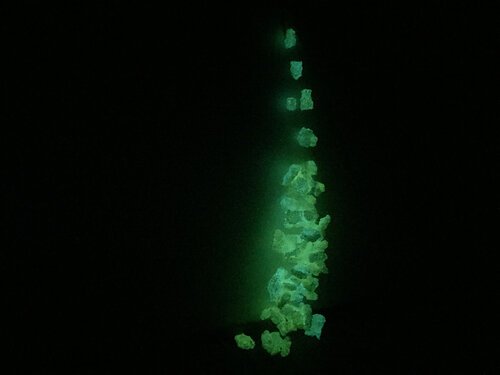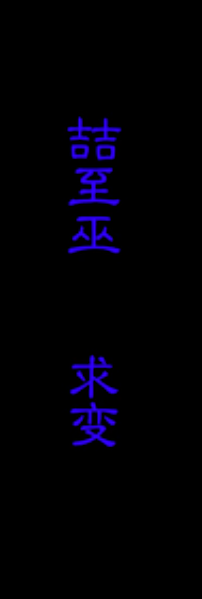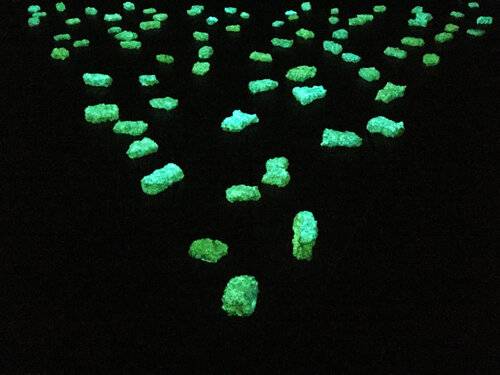Artist Interview: Chinese script, friendly monsters, mysterious aliens and mind-controlled music
Zhé Wang (also known as Wang Zhe, according to the Chinese name-order), has a wide range of interests – from ancient Chinese script to aliens and artificial intelligence.
At the same time, her use of media varies from painting to installation to film (including stop motion), as well as essay videos, which explore the written word and storytelling.

e gong yan, 2011. BW/C-print ,© the artist 
“U.O.0001” , 2015. Styrofoam installation, © the artist

Zhe moved to Berlin after receiving her diploma degree and Meisterschülerin nomination from the University of the Arts Bremen in 2018, and has recently moved to Leipzig.
Before moving to Germany, however, she went through rigorous training while studying painting at the Sichuan Fine Arts Institute in Chongqing, China.
Her early paintings are colorful depictions of monsters – some more playful, others more ominous in nature. Using these themes as reoccurring subjects in many of her works across different media, Zhe is fascinated by the notion of something that is frightening on the surface, yet capable of becoming familiar once one engages with it – much like the experience of traveling and settling into a foreign country. Describing herself as an introvert, Zhe uses these “monsters” to represent fear of approaching the unknown. She overcomes this fear by painting and building a kind of “elusive friendship” with these beings.
When asked about what surprised her most about her new environment in Germany, Wang Zhe explained that it was her life as an art student. Contrary to her expectations of “German efficiency” and “German discipline”, often associated with the country by foreigners (including Westerners), art students were given much freedom and space to develop. They were encouraged to experiment, whereas in China, students go through much more rigorous training, with a focus on technique, as opposed to developing individual concepts.
When Wang Zhe started studying in Bremen, her art-making changed completely – She moved away from painting, focusing on video works and installations, which now make up a large body of her work.


Although, for a long time, Wang Zhe departed from the training she acquired in China, she now feels drawn back to painting – thus, coming to a full circle in her use of media.
Wang Zhe now combines painting with the many other forms of art-making she has become familiar with. One of her works, The Pillow, consists of an oil painting and a glass sculpture. Both mimic one another’s form and color.
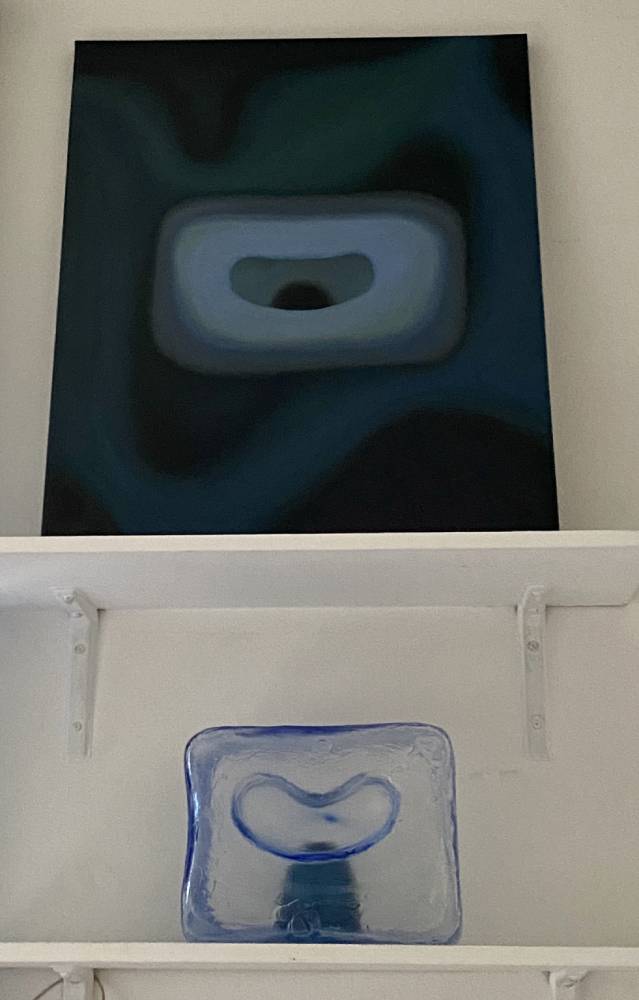
The Pillow, as Zhe explained, represents an object which people sleep and dream on. Together, the painting and sculpture create the dreamy quality associated with its title.
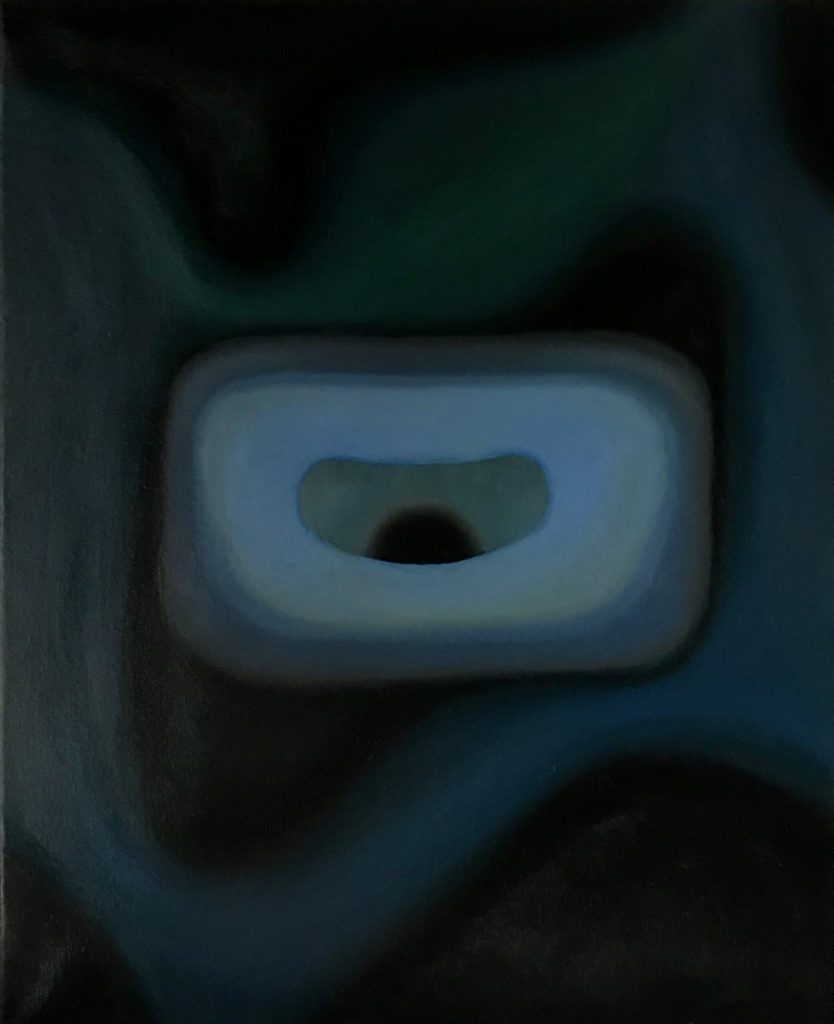
Another large theme in Wang Zhe’s works is combining stories with scripture.
In her written work, Zhe presents allegorical stories that mimic the structure and content of ancient Chinese legends. These stories, which are written in English, are accompanied by classical Chinese script. Neither non-Chinese nor most Chinese audiences are able to understand this ancient form of writing (similar to what Latin might be to an English-speaker, the script is legible to Chinese speakers, but not understandable). To read more about ancient Chinese script and calligraphy, read one of our previous articles here.
Some of the Chinese script is made up of so-called “symmetrical Chinese characters,” meaning characters that are either horizontally or vertically symmetrical. Can you see how the Chinese characters mirror themselves on their own vertical axis below? Some clear examples can be seen in the characters 喆, 林 and 朋.
In other videos, Wang Zhe uses so-called oracle bone script, the earliest known form of Chinese writing, which takes the form of pictographs, similar to ancient Egypt’s hieroglyphics.
These essay videos are presented as entire space installations, which are enhanced by running water, smells, and sounds. The irony is that the content of these stories cannot be understood through written words – it can only be seen, heard and felt.

In one of Zhe’s most recent video works, Watch Me, the artist explores the boundaries of personal privacy and security by filming a scene from the first perspective of a young woman. As the viewers follow, they feel her growing discomfort, as the woman feels she is under surveillance in her new home.
Zhe stresses the timeliness of this theme by giving examples of our everyday lives, so much of which has shifted to virtual online experiences – and further enhanced by the COVID19 pandemic. Whether we accept terms of agreements on random websites without reading through the lengthy text or whether we log onto insecure wifi in a cafe, our privacy has undergone huge changes and is perhaps more vulnerable than ever.
The video work conveys similar feelings of fear and estrangement that were expressed as early as the artist’s monster painting series from 2010, but even more so in her installation works that elude to alien life forms and unfamilar objects. Her U.O. (unidentified object) series reflects this most clearly, both in title and imagery.

UO (2014) 
U.O.0001 (2015),styrofoam
Wang Zhe will be adding on to her written works by using internet slang as a form of aesthetic, but also as a form of dialogue in her upcoming works.
Her most recent project Mienophone is a collaboration with IT specialist and musician Daniel Heitz, which explores the profound effect that music has on our emotions and whether the reverse might be possible. Looking at machine learning algorithms, the artist duo raises the question of whether technology can reverse the control music has over our emotions. How would music sound if it was influenced by our moods and expressions? How would we react? Can technology help us get a better understanding of our emotions? These are the questions that are raised through the installation, video works and photos within the exhibition, held at Migrant Bird Space.
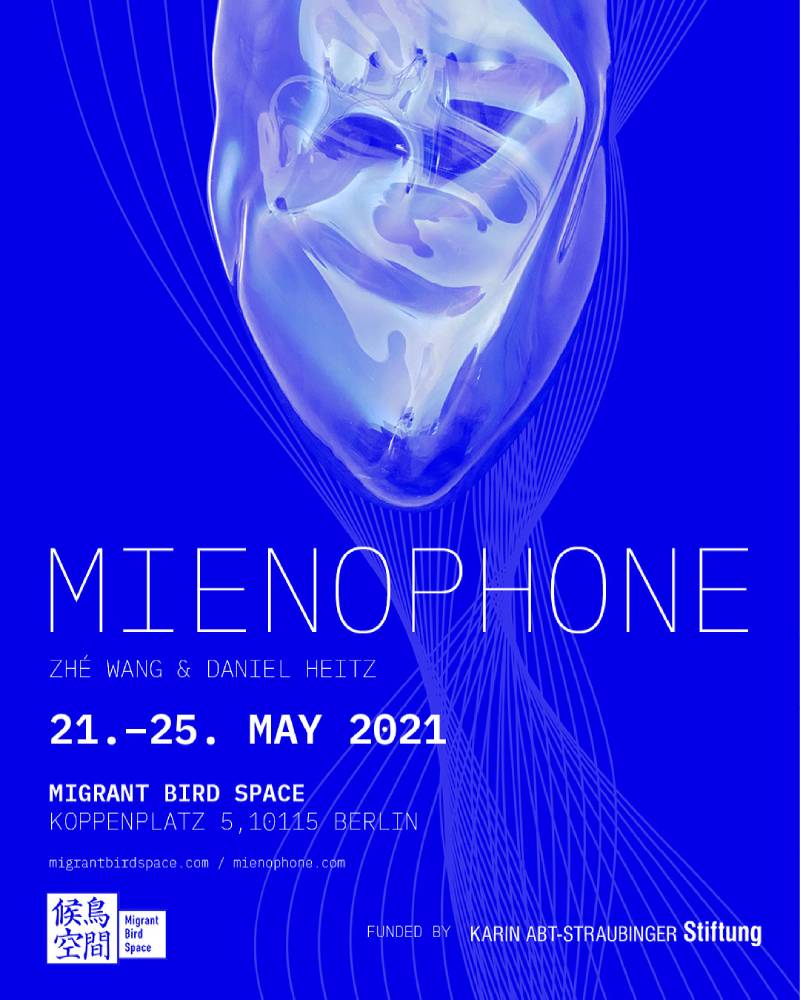
Be sure to bookmark Wang Zhe’s website, follow her on instagram and check out her video works on vimeo.


